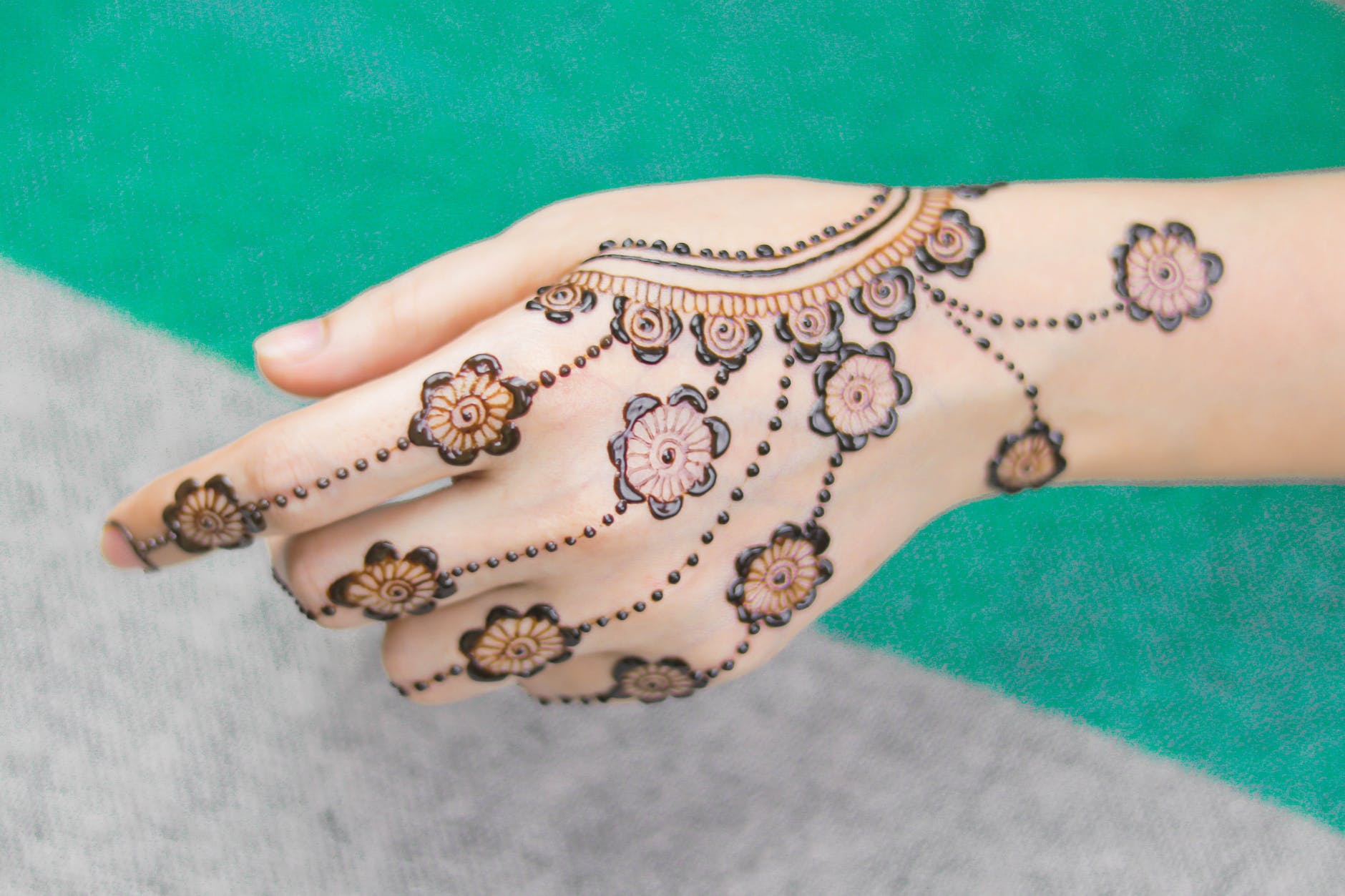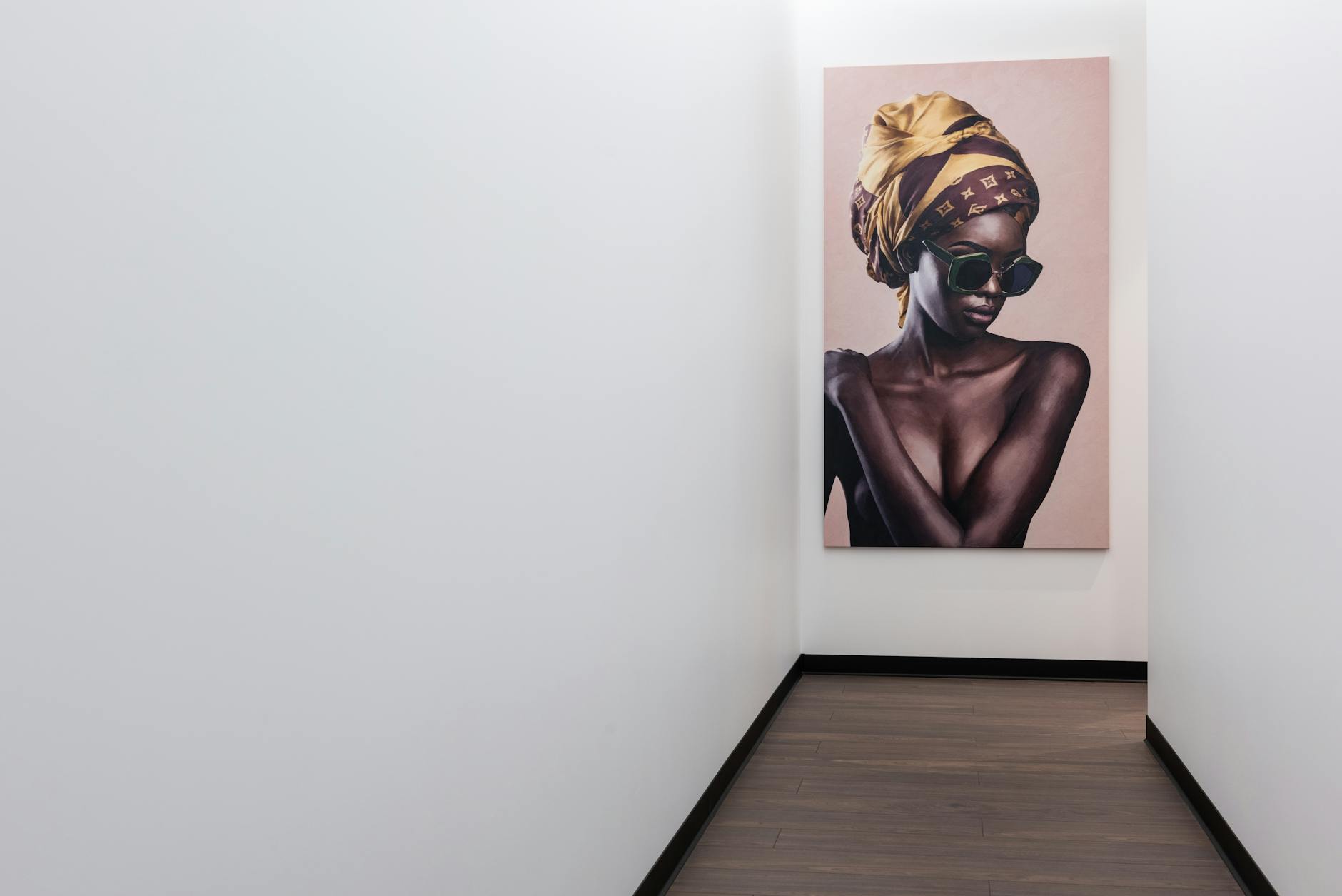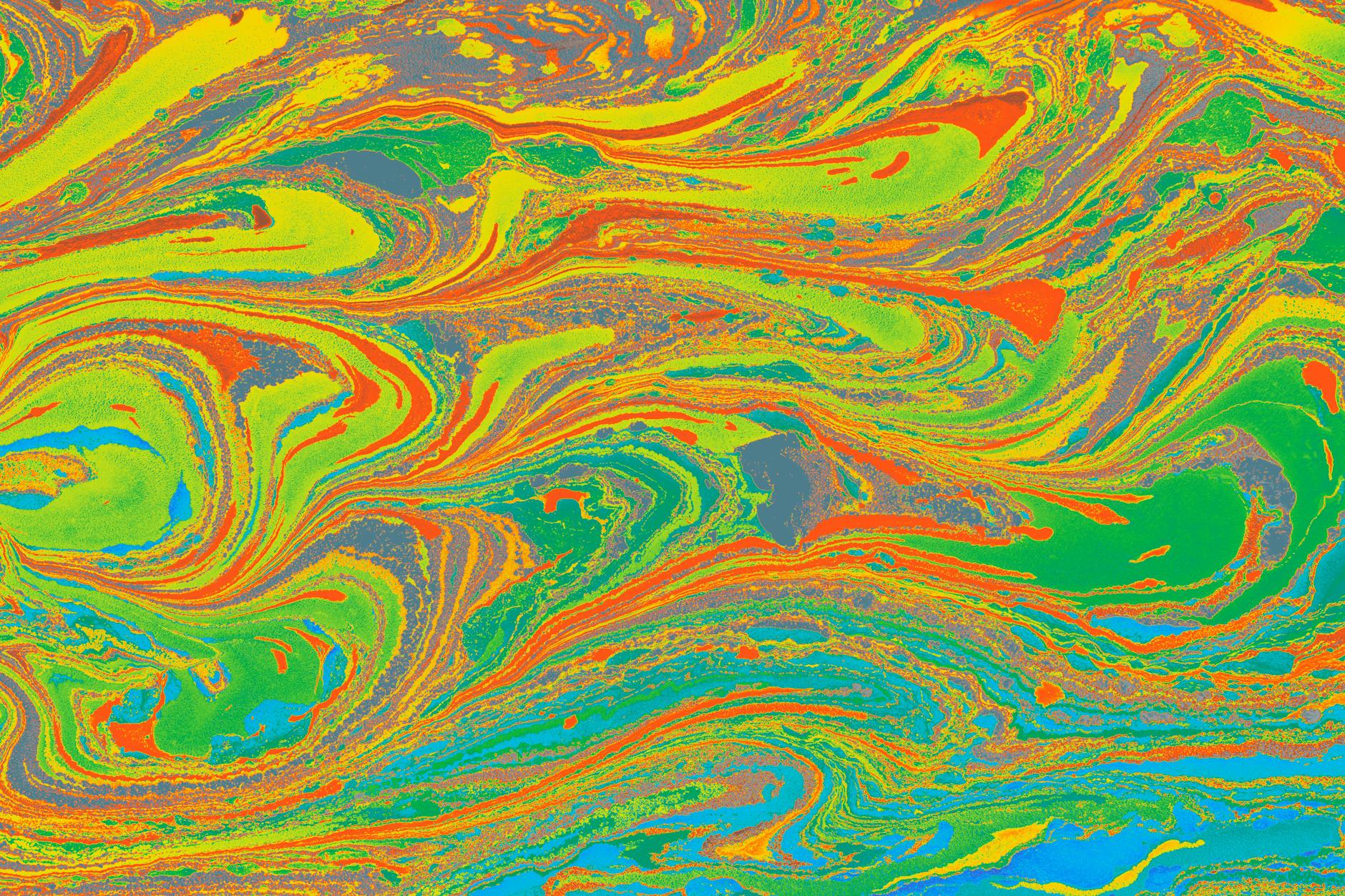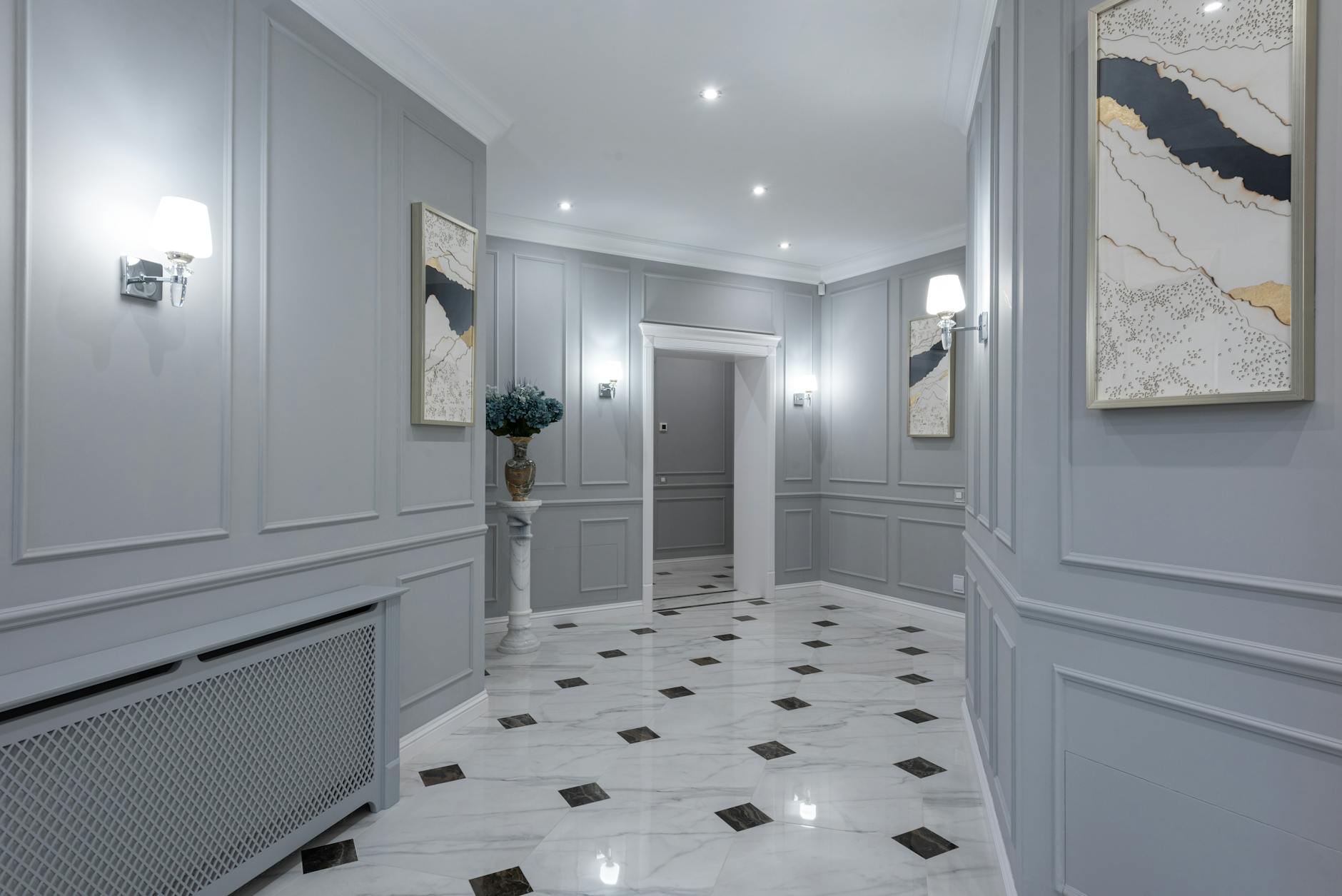——
The vibrant chaos of colors, elaborate geometric patterns, and surreal imagery that define psychedelic art have a mystifying allure that transcends time. A closer glance into the realm of psychedelic art unravels a world full of symbolism, exploring realms of the unconscious mind, spiritual themes, and symbolic narratives associated with mystical experiences. These deeply personal and philosophical undertones embody the essence of psychedelic art, setting it apart from other visual genres.
Psychedelic art originated in the culture-defining age of the 1960s, as a medium by which artists could communicate their psychedelic experiences, often induced by entheogens such as LSD, psilocybin, and peyote. The fascinating aspect is that, despite the apparently chaos of scenes and visuals, they carry powerful symbolism that guides the interpretation of these works.
Abstract patterns and archetypal imagery are trademarks of psychedelic art. These depictions showcase the extrapolative potential of the human psyche, offering a truly unique view into individual perceptions and emotions. For instance, the presence of serpents, chalices, and eyes in various art pieces across the genre suggest an influential role of subconscious symbolism.
Indeed, the subconscious mind plays a significant role in the emergence of these transformative symbols. Swiss psychiatrist and psychoanalyst Carl Jung was a notable figure who emphasized the subconscious as a reservoir of archetypes or universal symbols. Psychedelic art often embraces these innocuous symbols, turning them into peculiar, beautiful, and sometimes haunting representations of our deepest perceptions and emotions.
What distinguishes psychedelic art is its unique ability to translate spiritual themes into visual narratives. These works often depict interconnectedness, duality, transcendence, and divine manifestations. Through their art, artists attempt to capture and communicate the ineffable qualities of mystical experiences. Movements, shapes, color, and arrangements of figures coalesce to lay the foundation for an intricate narrative, demonstrating life’s circle or the oneness of the universe.
Furthermore, psychedelic art often dives into philosophical inquiries by employing metaphysical art concepts. The depicted narratives often prod at questions regarding the nature of existence, the purpose of life, and the secrets of the cosmos. Images of celestial bodies, dimensional portals, and alien entities are common motifs, symbolizing our endless quest for knowledge and the mystery of the great beyond.
Perhaps one of the most striking aspects of psychedelic art is the powerful, transformative symbols used. Throughout history, cultures across the world have attributed profound meanings to certain shapes and symbols. In psychedelic artwork, these symbols tend to evolve, multiply, and morph, offering a unique approach to traditional iconography.
Psychedelic art can also serve as a cultural thermometer, reflecting societal values and fluctuations through time. The text-heavy posters of the 1960s and the digital, fantasy-like creations of contemporary artists embody the changes in society and technology. Moreover, these shifts also reveal the evolution of motif interpretations, and the changing notions around psychedelic and spiritual experiences.
Beyond its visual flamboyance, the allure of psychedelic art lies in its ability to prompt exploration. The unexpected twists and turns in the artwork lead us onto a path of self-discovery, a journey to unravel the intricate tangle of hidden meanings. The very act of interpretation becomes an introspective exercise, adding a unique perspective to the timeless conversation about human consciousness and our place in the universe.
Each piece of psychedelic art is a vista into the mind, a visual representation of the ecstasy, insight, or despair aroused by a psychedelic experience. This is a realm where colors, shapes, and patterns intertwine to capture the ineffable, beyond the material world’s confines.
In conclusion, the multidimensionality and interpretive nature of psychedelic art make it an enticingly profound genre. The amalgamation of symbolic, spiritual, and philosophical themes encourages viewers to embark on an introspective journey, adding depth to the visual spectacle. Psychedelic art offers an opportunity to unravel layers of meanings hidden within our perception, fostering a mind-altering exploration of self and existence.
Psychedelic art stretches the realms of ordinary perception, affirming the power of art as a medium for human exploration and self-expression. As culture evolves and perspectives broaden, it continues to transcend its era, offering awe-inspiring visual narratives that probe the mysteries of consciousness and the cosmos.
Sources:
Britannica
The Art Story








